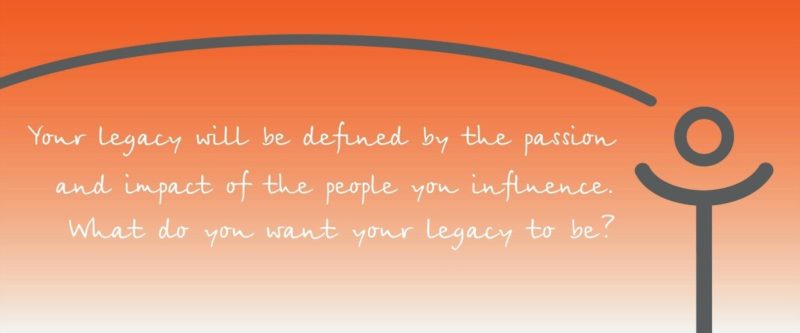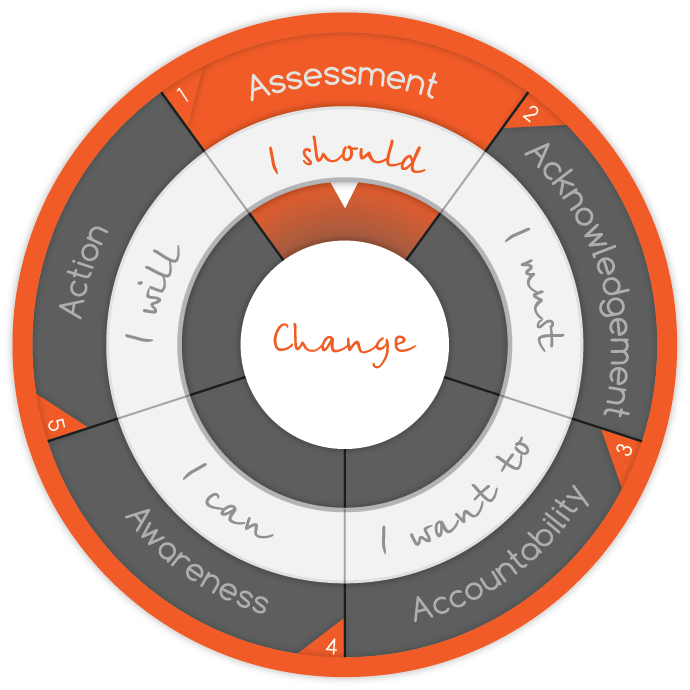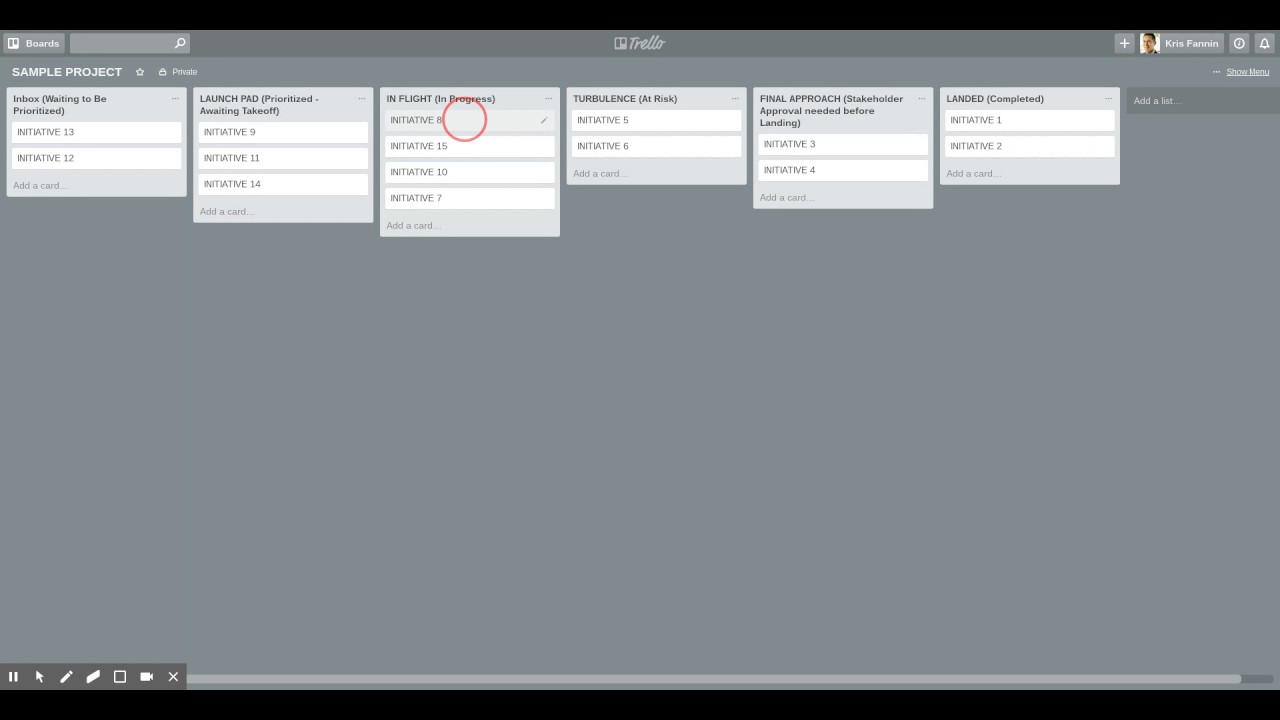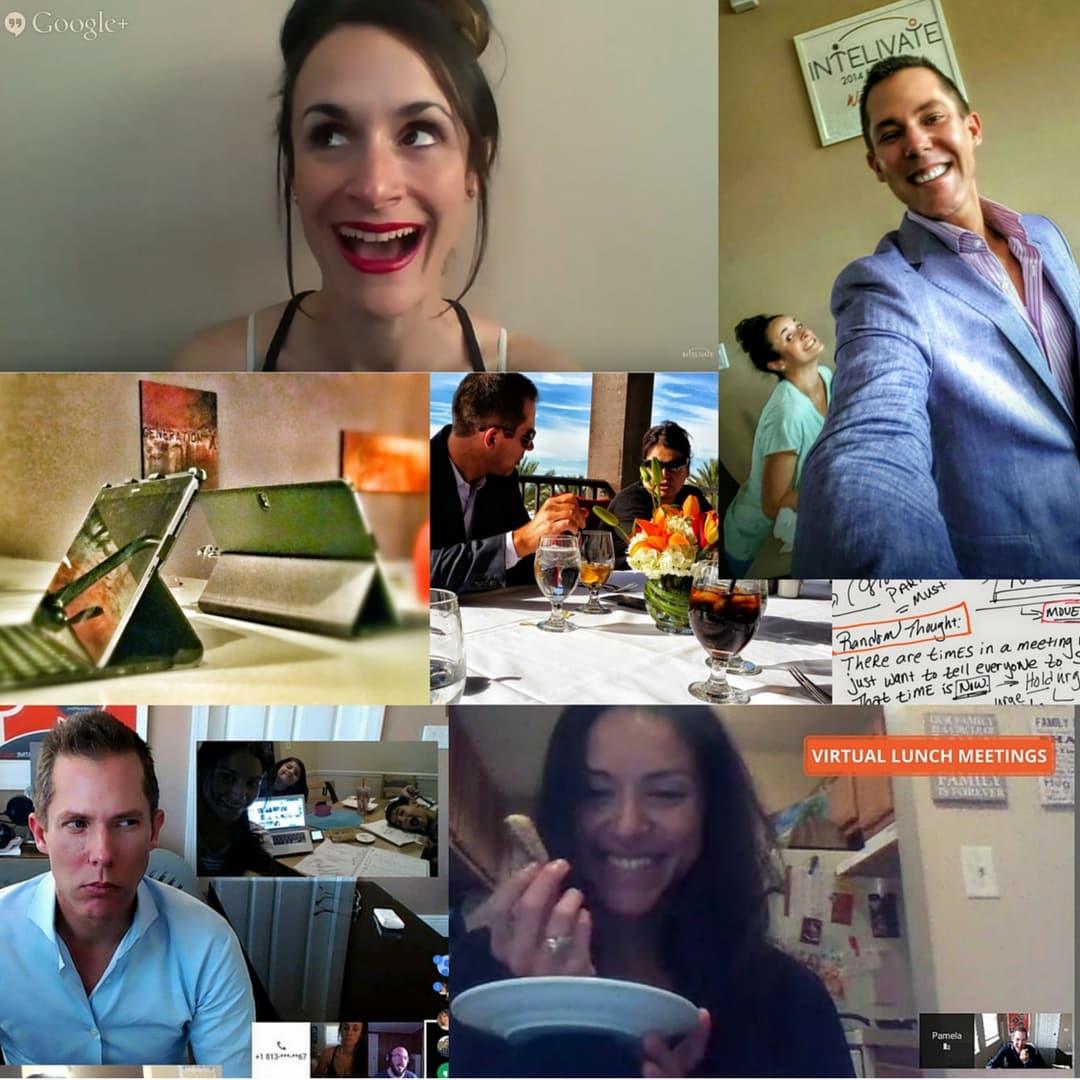People and organizations often change the wrong things. Through a personal story, Kris Fannin reveals why and how to assess to identify real change needs.
This is the second installment in the series, “How 5 Simple Steps Can Change Your Life.” In Part 1, I introduced the process – unknowingly developed sixteen years ago while in the hospital having a CAT scan.
This article will explain some of the valuable lessons I have learned through successes and failures of change.
People and organizations are often changing the wrong things.
Why?
They skip the assessment component of change. This phase is critical to identifying what needs change- rather than soothing the symptoms of the real issue.
The consequences are expensive – creating chaos and a lack of confidence in the ability to change.
“What Do You Want Your Legacy To Be?”
That is the first question I ask client leadership when they are looking to make changes within themselves or their organizations.
You build your legacy through the people you influence, with yourself as the most important person to influence.
Most people don’t realize the importance and impact of changing yourself. You must determine if it is time for a change in your life, career, or business.
My secret conversation was the first step of influencing myself to change. I had to assess myself to determine then what to change.
Assessing If It Is Time for a Change
My secret conversation had stopped by the time I was riding home from the hospital – I just didn’t feel it.
Honestly, I felt nothing; I was completely numb. My brain was healing, and my mind was exhausted from the work it had started.
Sixteen years later, I cannot remember who was driving me home; it may have even been more than one person.
I wasn’t taking anything in, and nothing was coming out. I apparently told this person(s) I wanted to be alone because my next memory was walking into the house.
I just wanted to sleep.
1. Don’t avoid what you need most – the mirror.
I rushed to the staircase, careful to avoid looking at anything, and up the stairs. Without even thinking, it happened.
I looked in the mirror at the landing. For the first time, I saw myself. Although only for a second, it seemed an eternity before I quickly looked away.
I retreated to the bedroom, jumped into bed and my secret conversation – and mind – quickly came back to life.
I had avoided the mirror when I most needed the mirror.
I kept my eyes closed but didn’t sleep.

2. Begin to assess your internal conflict.
The inner conflict you feel inside is often an indicator that it is time to make a change.
My conversation was racing!
“Everyone is telling me none of this is my fault. I’m the ‘victim.’ At least everyone who knows.
What happens when others find out? All I heard at the hospital is, ‘Everything is going to be okay.’
They lied!
Fannin, NOTHING is fine. EVERYTHING is very wrong.
I hate the word ‘victim.’ Will that word define me for the rest of my life?
Will I get through this?
I didn’t die, but what if I had?”
My mind and secret conversation were taking over, and all I could see in my head was that image in the mirror.
And then it happened.
3. Identify your role in ‘it.’
My voice was telling me not only was I part of this, but I was also the biggest part of this.
And my voice was no longer whispering.
It was becoming louder as the conversation continued.
My voice was berating me.
“You ass-clown, you are the biggest part of what happened.”
For me, it’s important to look within myself first for what I should change before asking others.
Why?
The conversation that I was having with myself was quickly coming to the realization that I was the biggest part of the problem, even as the world told me otherwise.
Had I listened to the world, I would never have come to the realization that there was something in me that should change.
I wasn’t a victim; I was a perpetrator in this.
Over the last 15 years – and by assessing myself– I’ve become incredibly confident in the process; I now trust myself to begin the process of influencing me.
I’ve come to learn over the years that my expectations of myself are often exponentially greater than those anyone could have of me. It’s a balance I’m still learning as I naturally want to change a lot of myself all at once.
That’s when I bring others in to help me identify and prioritize the changes that I need to make.
4.Get others to assess you.
The conversation took a turn, and my mind quickly went to a childhood memory of a great lesson my mother taught me.
As the much younger third child – my sister would tell me I was a ‘mistake’, and my mom would say I was a ‘pleasant surprise,’ which both make me smile.
I developed a particular, um, method of expression when I was young. This typically involved screaming, crying, kicking and throwing myself around.
Those who know me well know not much has changed.
Kidding. Sort of.
But what my mother would do to combat it was brilliant.
The Polaroid picture view
Through the clouded vision of tears, I would see her quickly go to the cabinet, grab the Polaroid camera and take a picture.
I still remember the smell of the burned flash and sound of that picture buzzing out. The first time she did it, my tantrum didn’t wane until she flashed the developed picture in my face, calmly asking,
“Wouldn’t you love your friends to see this?”
I was horrified by what I saw.
Red, swollen eyes, tears and snot everywhere, and most of the time I seemed to be half-dressed.
“NOOOOOOO! I could never let my friends see me like this!”
I would quickly collect myself as soon as that question was asked – without my mother’s provocation. It was brilliant.
Over time, and as soon as I saw her approach that damn cabinet, I’d quickly collect myself. Eventually, she didn’t even have to touch the camera.
And in my secret conversation, I realized I had just seen the most powerful Polaroid of my life.
Pull on your inner circle or someone outside of you.
Today, I rely on my ‘inner circle.’
My inner circle includes those people I trust and respect immensely for always telling me what I need to hear. They give me the Polaroid view.
Sixteen years ago, I had no inner circle left, and those around me were telling me the opposite of what my mind was telling me.
I needed someone to help me determine if it was time for a change.
I now realize how important that circle is which is why I consciously nurture it.
If you don’t have a trusted ‘inner circle’ (and we’ve all had times when we didn’t), then pull on an Intelivate-type resource. This is someone outside of ‘it’ that will tell you what you need to hear and not what you want to hear.
Regardless of what you are ‘shoulding’ to change, there is a resource for it.
As you will eventually learn, the ‘Polaroid view’ that moved me to need to change would come from a complete stranger.
5. Assess your patterns
Thanks to Dr. Jack Chizmar’s Econometrics courses in college, I learned that patterns are powerful. Patterns are critical to determining if it is time for a change.
If you can identify a pattern in data or behavior, you can practically predict the future. You don’t need superpowers to see into the future.
You do need a developed sense of awareness, a refined sense of trust in yourself and an inner circle who will give you the ‘Polaroid view’ to identify the patterns.
I have thankfully developed confidence in identifying patterns after going through this countless times over the last sixteen years.
Do I mess it up at times? Absolutely. The more I do it, the more success I have.
Prioritize the bad patterns for a change.
For both the good outcomes and bad, I look for patterns of my involvement. If I am the consistent variable in an adverse outcome or with something that doesn’t make me happy, I have to look at myself first.
Why?
Because I can only control myself and that pattern likely means that I need to change something in myself.
Don’t break the right patterns.
I am constantly looking for patterns of success as well. I don’t just focus on ‘the bad.’
Why?
I want to make sure I keep those patterns intact to repeat the successes.
Conversely, I don’t want to break unknowingly something that is good at the expense of changing something that is bad. We’ve all done it, and it creates reactionary chaos.
This also balances assessing myself and the expectations I have of myself.
6. Assess your control.
I’d love to think I can control a lot more than I do.
Guess what?
I can control nothing outside of myself. Nothing.
When I first learned this, it scared the shit out of me. Now it gives me peace, order and a redirected focus on my role in anything good and bad in my life.
In assessing if it is time for a change, I constantly have to remind myself to evaluate those things that I fully control or strongly influence. I tend to put my larger focus on the former, and that is anything within myself.
It doesn’t mean that I can or do control it at that moment. It is not to say that I even need the slightest confidence that I can control it at that moment.
And that’s why I leave my brain out of this part and let my mind do the work.
My brain will tell me all the reasons I can’t or shouldn’t.
This takes lots of honesty with me.
7. Identify ‘distraction action’ avoidance patterns.
When I look back at the times I lost focus and was determined to directly change anything outside of myself, it caused chaos.
And I failed miserably, ‘miserably’ being the operative word. The outcome was never – and will never be – happiness.
I’ve caught myself doing it at times to distract myself from focusing on what I really should change – myself.
I call that a ‘distraction action’ strategy and the times I have done it have cost me valuable time and opportunity to do something impactful for myself.
During my secret conversation, I realized that I had chosen ‘distraction actions’ constantly over the previous two years.
You control a monumental amount more than you believe!
As is part of human nature and with many things I fear, if I can’t control it, I avoid it. That often delays determining if it is time for a change.
Part of the assessing process for me is then is to ask myself:
“Am I avoiding something I actually control?”
I had more control over this situation than the entire world ever let on. For too long, I avoided something I controlled and should change.
Thankfully – and finally – I was learning it for myself.
Over the years, I began to inventory how much power, control, and influence I had over the most important things – anything to do with me.
I’ve learned to focus it.
My Eyes Finally Opened – I Realized It Was Time for a Change.
I opened my eyes and realized it was time for a change. I had lost too much time already – and was likely running out of it. I was a part of this, and I should do something about it.
In reality, I had my eyes closed for years and not just during my secret conversation. My brain started coming into the process, telling me to do something, and to do something NOW.
I had no clue where to start.
So I did what was in my control at that moment.
I sat up, put my feet on the floor, and stood up.
I went to the kitchen, filled a bucket with a water-and-vinegar solution, being very careful to not damage the shine of the floors.
I ascended the stairs with an arsenal of cleaning supplies and this time, remembered to avoid the mirror.
With each dip of the sponge, the water color changed.
Although I would empty and refill the water, it would eventually become the same color.
My secret conversation raced. Five hours later, that night was erased from the floor, walls, closet door, gentleman’s chest.
Everywhere but my mind; the conflict continued in my mind.
The water, however, was finally clear.
I knew it was time for a change. Based on the events that were about to happen, I knew I MUST change.
Series Chapters:
Kris Fannin
Kris Fannin is a passionate change agent in workforce transformation. For more than 25 years, he's had the privilege of partnering with dozens of client organizations and leading hundreds of teams to become powerful influencers.
"Your legacy will be defined by the passion and impact of the people you influence. What do you want your legacy to be?"





